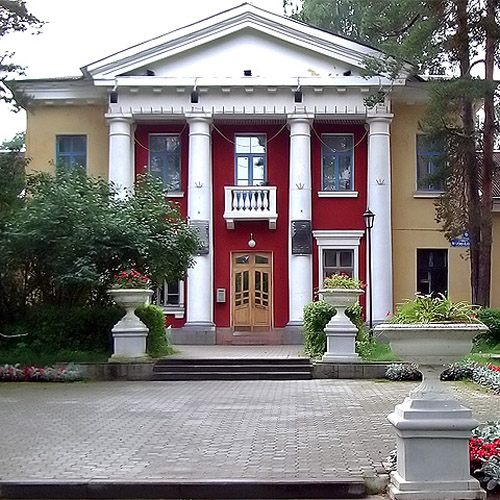Dubnium
105
Db
Groep
5
Periode
7
Blok
d
Protrone
Elektrone
Neutrone
105
105
157
Algemene Eienskappe
Atoom Nommer
105
Atoommassa
[268]
Massa Nommer
262
Kategorie
Oorgangsmetale
Kleur
n/a
Radioaktief
Ja
Named after the Russian town of Dubna
Kristalstruktuur
n/a
Geskiendenis
Dubnium was reportedly first discovered in 1968 at the Joint Institute for Nuclear Research at Dubna.
Researchers there bombarded an americium-243 target with neon-22 ions.
In the same year, a team led by Albert Ghiorso working at the University of California, Berkeley conclusively synthesized the element by bombarding a californium-249 target with nitrogen-15 ions.
Researchers there bombarded an americium-243 target with neon-22 ions.
In the same year, a team led by Albert Ghiorso working at the University of California, Berkeley conclusively synthesized the element by bombarding a californium-249 target with nitrogen-15 ions.
Elektrone per skil
2, 8, 18, 32, 32, 11, 2
Elektronkonfigurasie
[Rn] 5f14 6d3 7s2
The Berkeley team proposed the name hahnium for the element
Fisiese Eienskappe
Fase
Soliede
Digtheid
39 g/cm3
Smeltpunt
-
Kookpunt
-
Heat of Fusion
n/a
Heat of Vaporization
n/a
Spesifieke Hitte Kapasiteit
-
Oorvloed in die aardkors
n/a
Oorvloed in die heelal
n/a

Beeld Krediete: Wikimedia Commons (Hrustov)
The element is named after after the Russian town of Dubna, the location of the Joint Institute for Nuclear Research
CAS Nommer
53850-35-4
PubChem CID Nommer
n/a
Atomiese Eienskappe
Atoom radius
-
Kovalente Radius
149 pm
Elektronegatiewiteit
-
Ionisasie potensiaal
-
Atoom volume
-
Termiese geleidingsvermoë
0,58 W/cm·K
Oksidasiestate
5
Toepassings
Dubnium is used for scientific research purposes only.
Dubnium is harmful due to its radioactivity
Isotope
Stabiele Isotope
-Onstabiele Isotope
255Db, 256Db, 257Db, 258Db, 259Db, 260Db, 261Db, 262Db, 263Db, 264Db, 265Db, 266Db, 267Db, 268Db, 269Db, 270Db